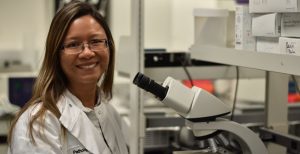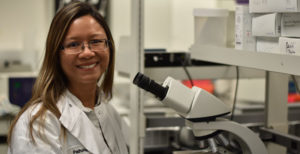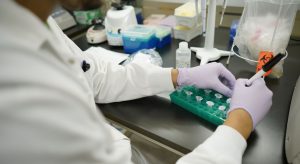Receive the latest news, event invites, funding opportunities and more from the Ontario Institute for Cancer Research.
Dr. Bayani’s research focus is on precision medicine approaches to discover and validate biomarkers using large, well-annotated retrospective clinical and clinical trial cohorts.
Translation of biomarkers and their diagnostic platforms are key to prospective clinical trial design and successful uptake in the diagnostic setting. Critical to understanding the variable outcomes seen in the current standard of care treatment for cancers like breast and prostate is recognizing the impact of genomic heterogeneity and serves as models for discovery and translational initiatives in other cancer types. Specifically Dr. Bayani’s team investigates the impact of heterogeneity at the genomic, transcriptomic, and proteomic levels and their integration with other diagnostic testing modalities such as imaging and digital pathology to build a clinical toolbox that can to improve risk assessment and treatment decision-making. This can significantly reduce the unnecessary overtreatment of some patients, while accelerating it in others.
OICR’s Diagnostic Development program focuses on tissue-based analysis with expertise in formalin-fixed, paraffin-embedded (FFPE) human samples and a breadth of associated technologies for complex genome analysis, nucleic acid and protein extraction, tissue microarray construction, NanoString technologies, automated immunohistochemistry and quantitative molecular pathology analysis.
Services available:
To learn how Diagnostic Development can help further your project please contact the team at diagnostic.development@oicr.on.ca.





